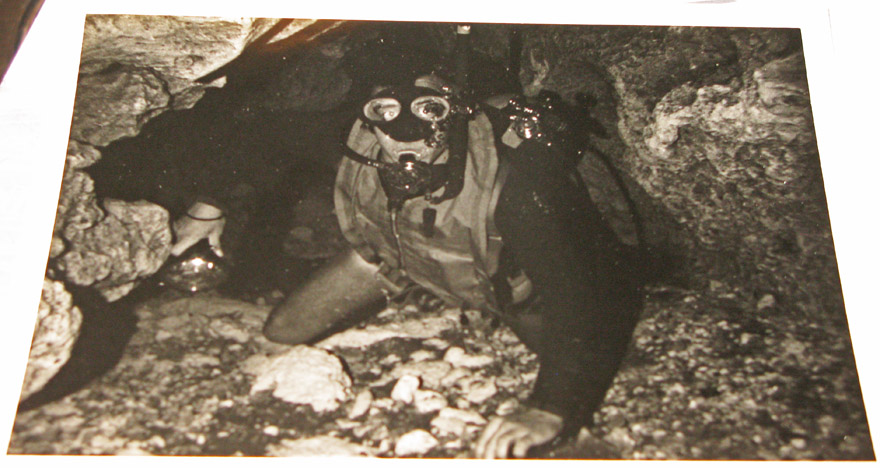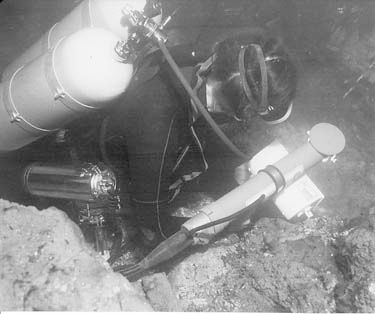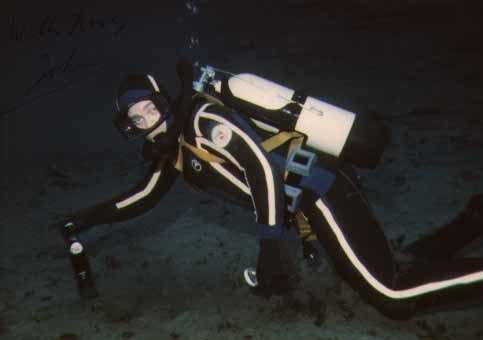RickI
Contributor
Pre-80's is vintage, ouch! Well, I guess it has been almost 30 years, doesn't seem that long though. Always thought of vintage as pre-mid 60's. It's relative. Wonder what spanish salvage divers considered vintage?
Welcome to ScubaBoard, the world's largest scuba diving community. Registration is not required to read the forums, but we encourage you to join. Joining has its benefits and enables you to participate in the discussions.
Benefits of registering include
Pre-80's is vintage, ouch! Well, I guess it has been almost 30 years, doesn't seem that long though. Always thought of vintage as pre-mid 60's. It's relative. Wonder what spanish salvage divers considered vintage?



SNIP
There was a comment above (I think it was this thread) about a plastic double hose regulator (probably either an AMF Voit Blue 50 Fathom or a Jet Air by US Divers) malfunctioning and causing a total loss of air. The only conceivable way for that to happen is to have the levers so out-of-adjustment as to be loose on the diaphragm, and actually come apart (they are held only by the pressure of the diaphragm) underwater. To do this, they would have had to have been adjusted so that they were very low in the case, and not touching the diaphragm--it must have been very difficult to breath with when it "worked." For best breathing, and for safety, these levers should be adjusted to about 1/4 inch (6 mm) above the top of the case when horizontal on its back (put a straight edge on the case, and the lever height should be above that bottom edge by that amount). The levers on the Mistral, Jet Air, Healthways SCUBA, Stream Air, and Voit single stage regulators (even the downstream Voit 50 Fathom) should be as high as possible without causing air to flow when the case is reassembled with the diaphragm in it.
John

